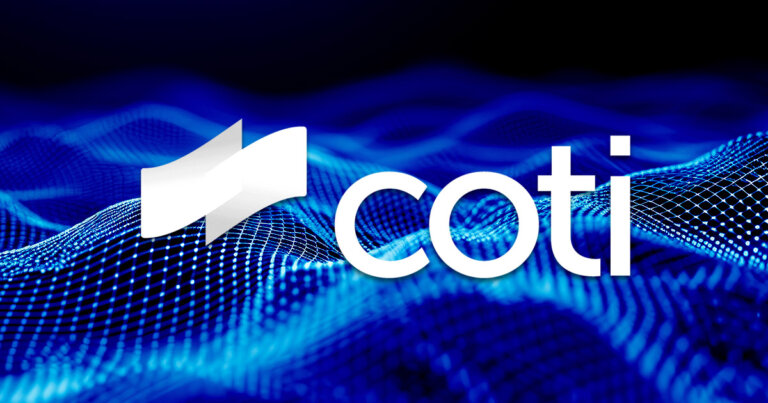 COTI leaps 55% following latest Ethereum MPC privacy innovation
COTI leaps 55% following latest Ethereum MPC privacy innovation COTI leaps 55% following latest Ethereum MPC privacy innovation
COTI's Multi-Party Computation protocol marks a pivotal advancement, paving the way for enhanced privacy and security on Ethereum's Layer 2.

Cover art/illustration via CryptoSlate. Image includes combined content which may include AI-generated content.
COTI’s privacy-focused Ethereum L2 development reached a critical milestone by successfully integrating its Multi-Party Computation (MPC) protocol. Its token price surged approximately 55% following this technical achievement.
MPC is a powerful cryptographic tool that allows several parties to work together on a computation using their private data without revealing that data to each other. COTI confirms that the successful implementation of the MPC protocol represents the first in a series of technical goals they will meet before COTI V2 is fully deployed.
COTI V2 architecture and MPC integration.
COTI V2 architecture hinges on MPC technology, ensuring the privacy of its Layer 2 computations on Ethereum over private inputs executed without compromising data confidentiality. Participants supply encrypted data to an MPC’ black box’, which executes specific computational processes. MPC results are delivered in a way that safeguards data integrity throughout, even amidst potential external scrutiny. Each MPC entity, dubbed an “MPC endpoint,” will later integrate into the project’s custom Extended-EVM execution module.
MPC endpoints facilitate collaborative computation without sacrificing data privacy. This advancement significantly improves EVM functionality, unlocking support for more diverse dApps within a framework offering transparency alongside essential privacy capabilities. This integrated MPC architecture provides greater privacy and security for complex computations on-chain, potentially fueling wider adoption of Ethereum technology as use cases expand.
To facilitate MPC use, users first establish cryptographic key material. Next, data is submitted in encrypted form for safe storage. Users then submit workloads in secure MPC bytecode, with operations like addition and multiplication taking place on confidential data without exposing those original values. Workloads can generate public outputs or outputs specifically encrypted to remain accessible only to chosen users.
Testing and future plan.
Per COTI, a simulated state was tested within MPC modules as they collaboratively generated a ‘garbled circuit.’ This cryptographic concept represents a specific computational function and has inherent security, being inherently single-use. This provides forward and backward secrecy through design.
This first development milestone includes completing the protocol, including design and algorithms. Importantly, COTI developers demonstrated the capability to securely input and output data using distributed keys, enabling advanced encryption and decryption functions without compromise.
The achievement of this privacy-focused landmark emphasizes the progress towards COTI’s ambitious Layer 2 solution. A COTI blog post states,
“The creation and implementation of a secure MPC protocol is the first of many development milestones we’ll reach throughout the year. Stay tuned for further COTI V2 updates as development continues.”





















































































